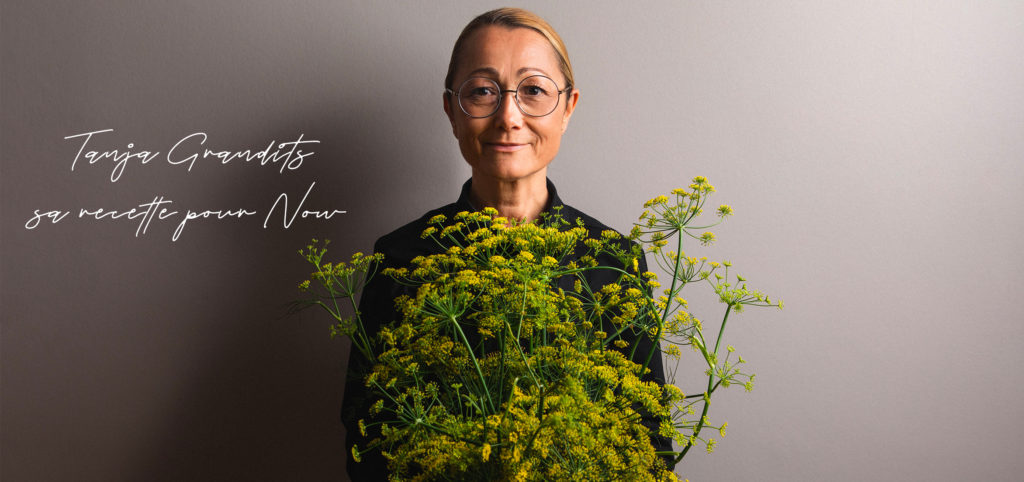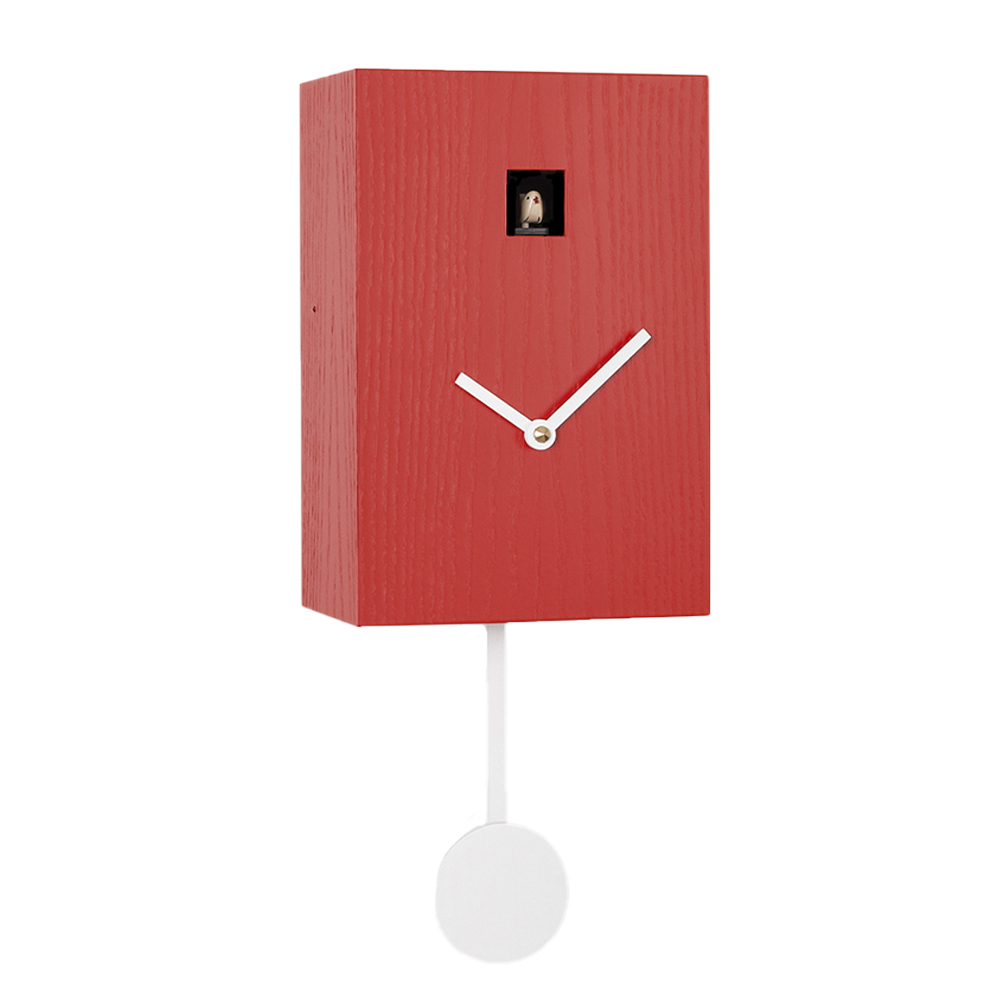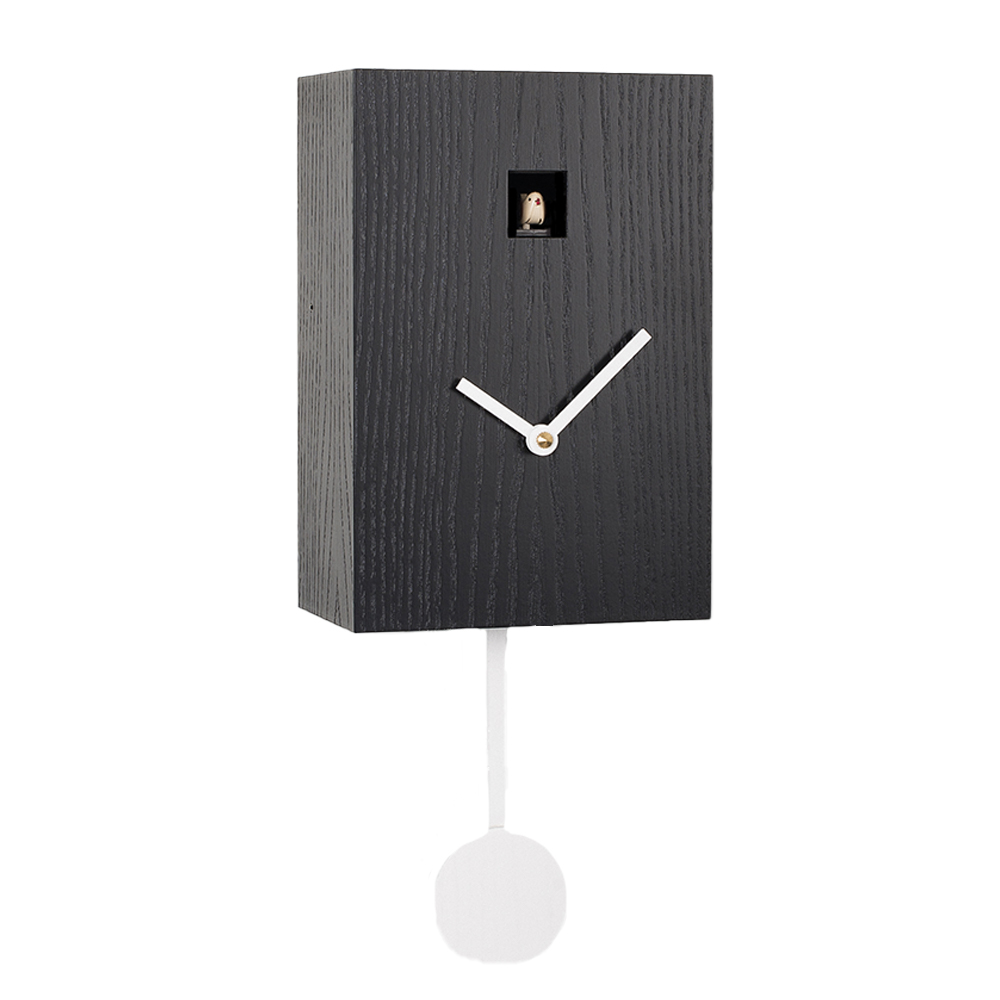Let’s go back in time to know the origin of this clock. According to the German Clock Museum in Furtwangen, the first cuckoo clocks did not come from the Black Forest, nor from Switzerland. The first manufactures would have seen the light of day as early as the 16th century and would have come from all over Europe, but it is in the Bernese Oberland in the 20th century, and more particularly in the village of Brienz, that its Swiss history begins. To kill time during the harsh winter months, the inhabitants built musical houses, but it was a local watchmaker, Robert Loetscher, who dressed them up to market them and make them a success story made in Switzerland.

A secular manufacture which over time has seen the development of increasingly innovative mechanisms. The first models of music chalets were made with a mechanical clock movement with a dial, today automatic or quartz and its more than 200 parts, which, assembled, become the coveted object. The various stages of manufacture begin with the choice of wood, aged for several years so that the clocks do not become deformed, then the parts are assembled by hand by meticulous craftsmen. Then comes the testing of the equipment of the clock mechanisms, the cuckoo pipes, the bellows, the weights and the clocks.
“Loetscher clocks are not only a piece of Switzerland because of the materials they contain, but they are also authentically Swiss because of the culture and spirit of the people we draw inspiration from. “
The house of Loetscher offers many cuckoo clock models ranging from the classic to the sophisticated, so don’t be surprised to see the prices go up and especially when it comes to a limited edition. We find a mechanical movement that allows to wind it only every 8 days with a choice of two melodies: Edelweiss or the Happy Traveler, as for the scenes we can find symbols of Swiss culture as the chalet Heidi, the edelweiss and the famous dog Saint Bernard.

Other designers, more contemporary, have taken a passion for the cuckoo clock and turned it into trendy decorative objects. For lovers of Nordic design, pure and sober, the Danish-Swiss designer Søren Henrichsen revisits the mythical chalet. HANSRUEDI is a Swiss cuckoo clock model handmade in Geneva, its sober design and its name defy the traditional codes of cuckoo clocks. It uses a light sensor to cut the sound during the night so as not to disturb you while you sleep. A perfect union between tradition and modernity. Each piece leaving the workshop is numbered, making this clock a collector’s item.
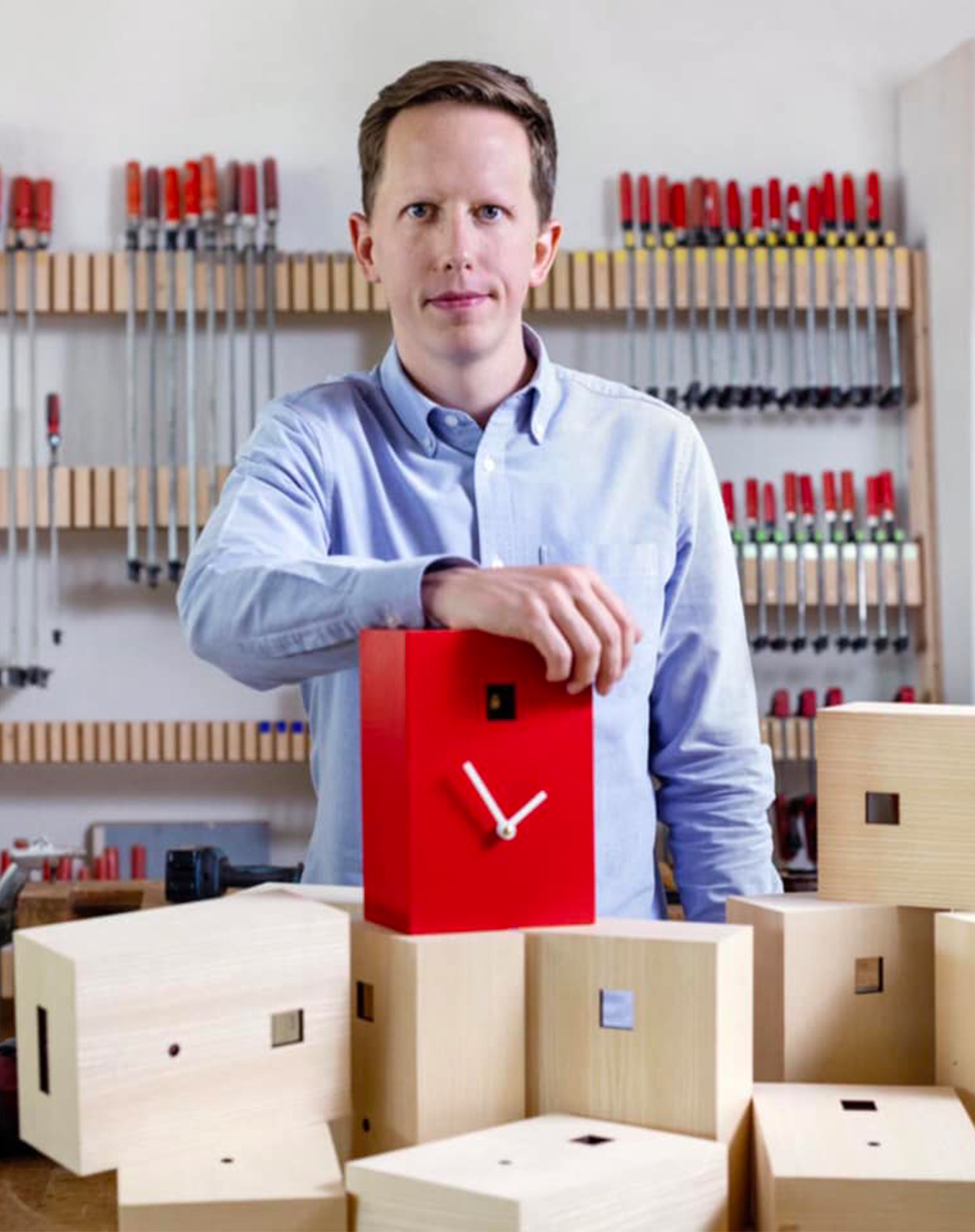
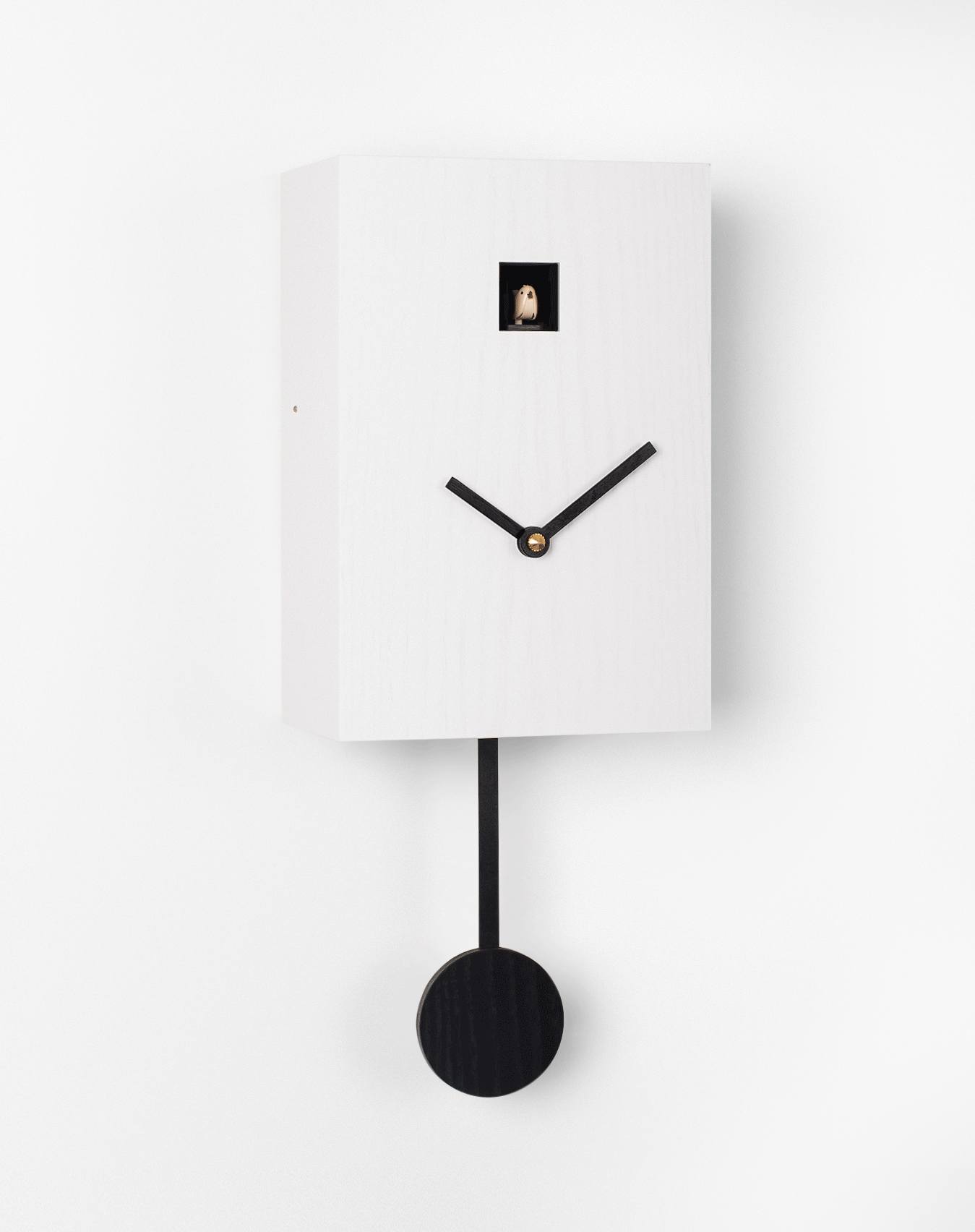
The Swiss Koo manufacture, has also managed to reinvent the cuckoo clock. Founded in 2013 in Renens in the Lausanne area by two friends: Alexandre Gaillard, a precision mechanic, and Martino d’Esposito, two enthusiasts who have hijacked the codes of the traditional Swiss cuckoo clock by imagining “watchmaking paintings” as they like to call them. The shimmering colors and their original design are easily identifiable. One is quickly impressed by the work of detail, cut in wood, a local know-how allowing to sign a pledge of quality.

Mechanical, quartz, authentic or modern, the little cuckoo clocks never cease to amaze us and thanks to the growing craze abroad, the Swiss cuckoo clock should continue to sing through time.
